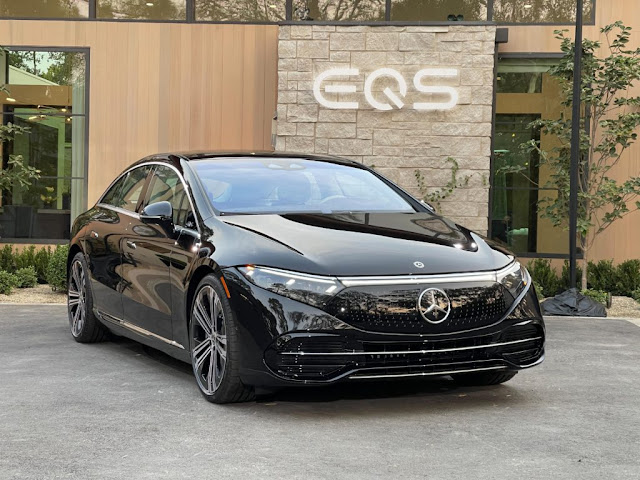Please follow the link at the bottom of this article by Calum Corral and comment in the Largs and Millport Weekly News.
THE iconic 'Red Road' between Largs and the Meigle could be 'ruined forever' campaigners against a wind farm development have claimed.Burcote Wind have appealed North Ayrshire Council's decision to block a string of wind turbines 1km south east of Skelmorlie and are now taking the matter to Scottish Ministers in a bid to overturn it.
If approved, the famous route would be widened to allow heavy plant and infrastructure to be delivered to the site by a convoy of heavy good vehicles.
Campaigners claim that would destroy it for future generations.
The local authority's planning chairman Tom Marshall this week slammed the firm for delivering a 'complete snub' to local opinion.
He said: "Despite the planning committee, under my Chairmanship, unanimously refusing permission for a 150m tall wind farm, the applicants have decided to appeal the decision.
"The planning committee decided on 10 different points that the proposal was contrary to the local development plan and in so doing reflected the views of more than 200 objectors.
"It is a complete snub to those people and the local democratic process.
"They do not accept the view of the council that Routenburn Road is unsuitable for transporting the very large wind farm components. It would give rise to the unacceptable loss of trees and hedges.
"Parts of the road are to be be doubled in width to almost six metres, which is almost 20 feet.
"This work will devastate a well-used country road and will destroy habitats forever - Largs and Millport Weekly News link - Calum Corral - link - more like this - link
































